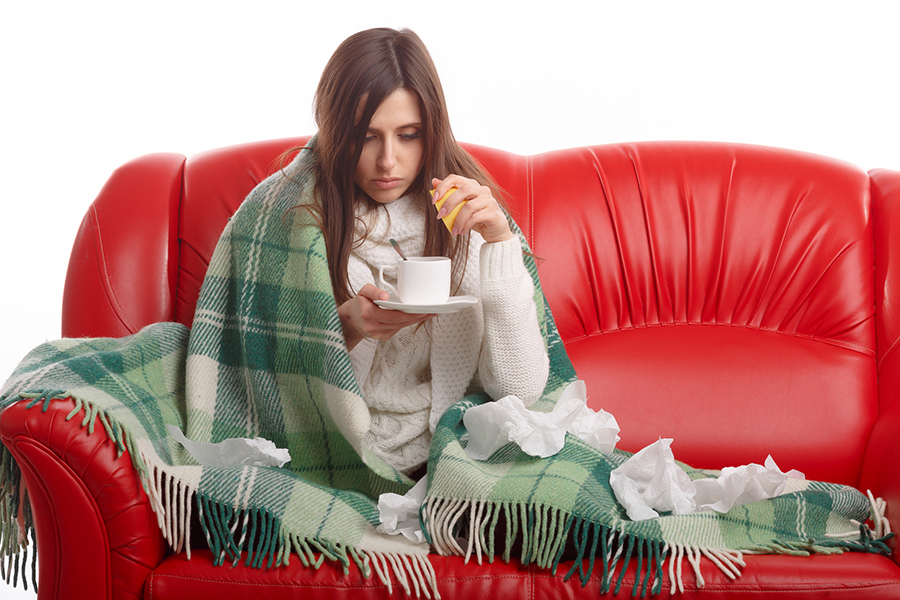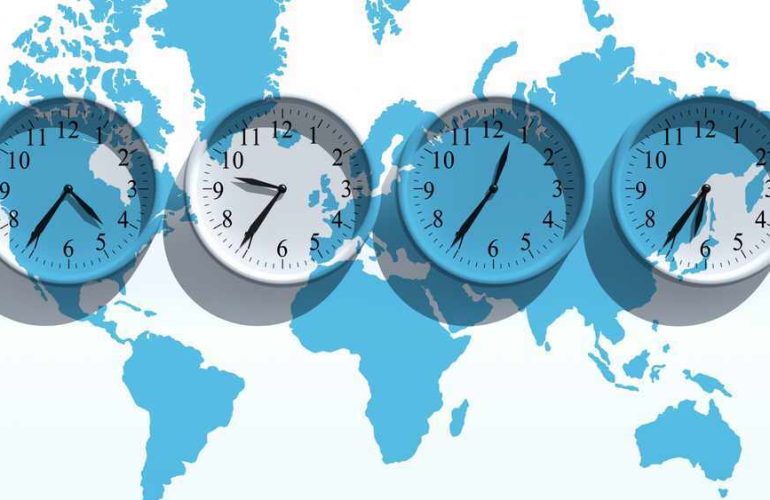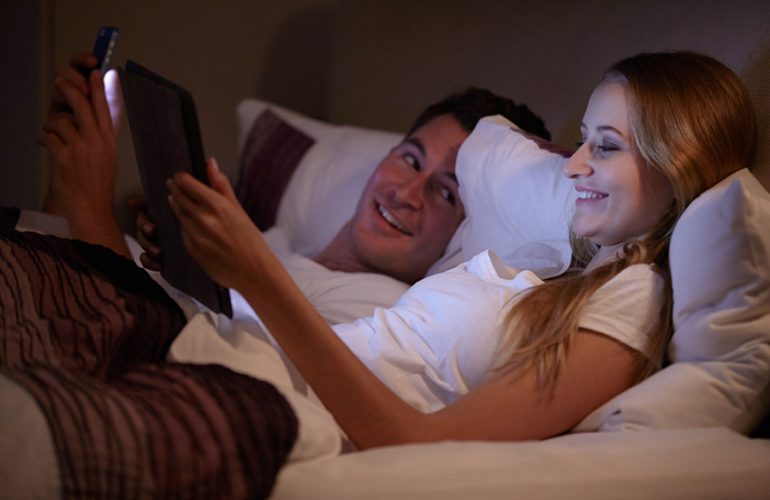Feeling sluggish in the middle of winter? You’re not alone. The subject of more slumber on colder, shorter days isn’t exactly a new one, but let’s face it: Most of us don’t want to get out of bed when the alarm rings in the morning and it’s still pitch dark and cold outside. Factors such as temperature and the amount of light we receive during the day in the winter season may plan an important role, and we’re going to look at that in this post, along with factors such as seasonal affective disorders SAD and winter hypersomnia.
Experts agree that it’s actually more likely that our need to sleep more in winter is directly related to the amount of light we’re exposed to; indeed, the link between our internal body clock that drives our sleep-wake cycle and light has been well-established. This “clock,” known as “circadian rhythm,” is controlled by a region of the brain called hypothalamus, and alternates between alertness and sleepiness at regular intervals.
Lower light intensity signals bedtime, and this transmits a message to the brain that it should begin preparing the body for sleep. Conversely, additional light is associated with alertness.
Sweet Sleep Studio Fun Fact: Nights are longer in the winter, and we experience less light throughout the day and at lower intensity. This limited light exposure helps explain why we may feel like we are more fatigued and require more sleep; the brain doesn’t get the same signal to stay awake and alert as it does during the day in summer.
The SAD Factor
Lower levels of light as experienced in winter have been linked to the aforementioned seasonal affective disorder, a form of mild-to-moderate depression that arises during this time of year. People who are affected typically experience lower energy levels and poor mood, but also sleep issues.
So sleep disturbances are a typical calling card of SAD, with many fall/winter SAD patients often reporting another condition known as hypersomnia.
What is Winter Hypersomnia?
Hypersomnia is defined as excessive sleep of nine or more hours per night, with eight out of 10 SAD patients complaining of this kind of ongoing malaise. The term “winter” has been added to the beginning of hypersomnia to describe a “hibernation” mode that us humans adopt during the fall and winter, when we sleep longer – sometimes oversleeping by an extra two hours a night, while still feeling tired all the time.
Here are some eye-opening statistics we’ve gathered based on research completed by Sweet Sleep Studio staff:
- Those with SAD have less sleep efficiency, less time in deep restorative sleep and more REM density than their non-SAD counterparts.
- SAD seems to influence the entire body when it comes to sleep architecture, and cannot be blamed on simply “not wanting to get out of bed.”
- Ten-percent of people diagnosed with SAD also suffer from insomnia, while another subgroup of sufferers endure a combination of both hypersomnia and insomnia.
To learn more about sleep disorders such as hypersomnia, contact Sweet Sleep Studio at (913) 309-5963.




